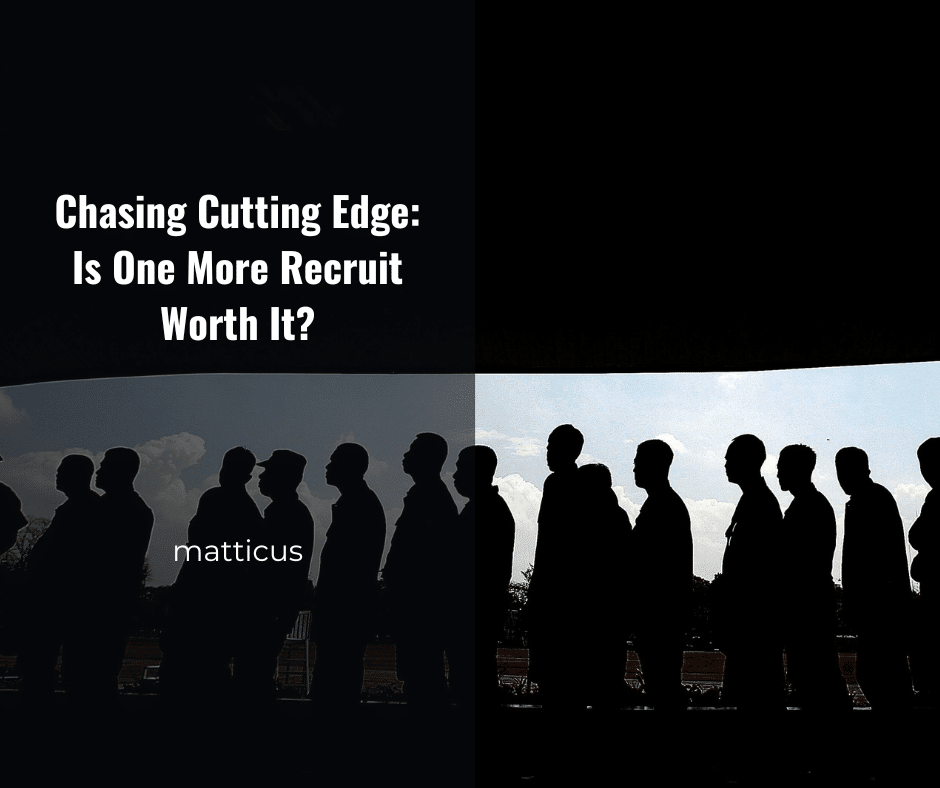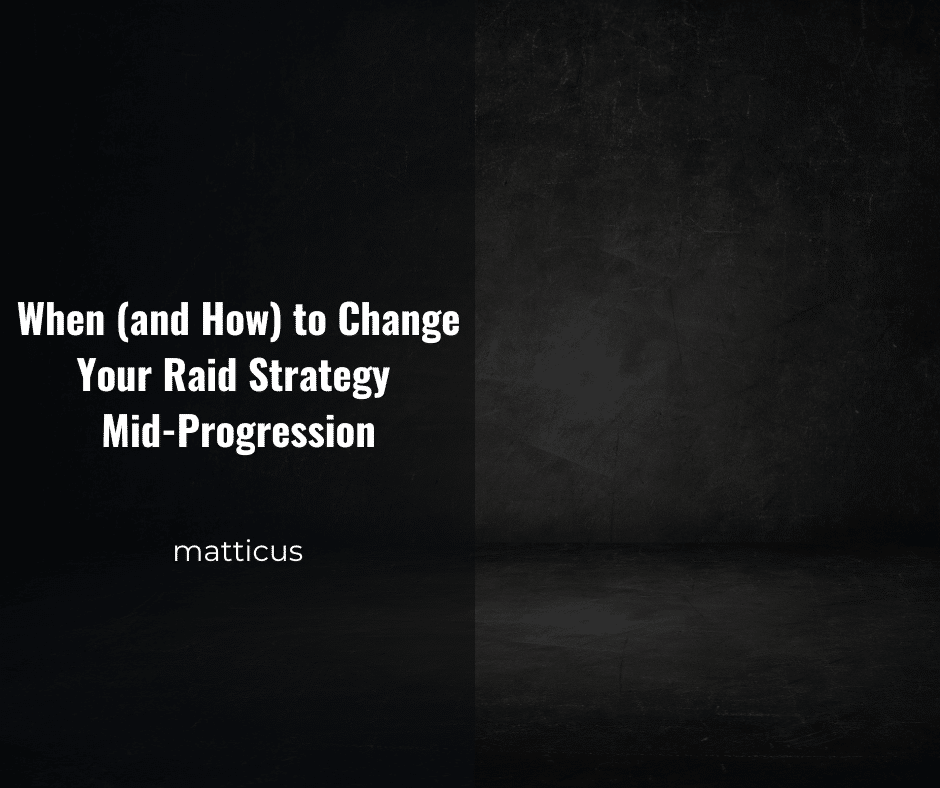Spoilers ahead on the new raid.
Patch 11.2 is almost here, and I got a chance to jump into the Manaforge raid on Normal difficulty during PTR testing this weekend with my new guild, Death Testers. We previewed 7 of the 8 bosses (Dimensius was not available for testing), and I’ve compiled my thoughts, early impressions, and videos for each. Use this as a scouting report as you prepare your raid team or just want a peek at what’s ahead.
1. Plexus Sentinel
Thoughts & Impressions:
- Introductory level boss. We start off in a confined room without a lot of space to work with, and the raid will need to progress from chamber to chamber.
- There are circles (with red player arrows above) that need to be taken to the outside. These drop a puddle that seemingly eventually despawns. I expect these to stay longer or even permanently in harder difficulties. Important: Don’t drop them by the entry wall.
- Big group soak mechanic: Eradicating Salvo, we just grouped under the boss for it.
- About 60 seconds in, Protocol: Purge starts with a knockback. Dodge giant bubbles and rotating lines before reaching a slowly moving wall that you’ll need to use your Reshii Wraps through using the Extra Action Button (seems to be an 8-yard blink, 8s cooldown).
- Phase ends after blowing up the shield, then rinse and repeat.
2. Loom’ithar
Thoughts & Impressions:
- Big fuzzy spider vibes.
- Kill an add to break through a shrinking wall early in the fight. Place a marker or designate a spider right away.
- Lots of dodging with circles and movement-heavy mechanics.
- Frontal cone needs to be soaked, and you may need to split players into two groups.
- At 30%, Loom’ithar becomes mobile. Movement and positioning become critical from here on based on how much of the room has been covered.
3. Soulbinder Naazindhri
Thoughts & Impressions:
- Adds are locked in prisons, and you’ll need to aim beams to break them out. If the prisoners are not broken out in time, then the ads will eventually break out on their own. Encounter seems to be about ad management and deciding which ones to break out to defeat over the course of the fight.
- Edge-of-platform fight: easy to get knocked off. No guard rails
- Remember Kyveza lines? They’re back, but these orbs move slower.
- You cannot use the prisons as cover, so plan knockbacks accordingly.
4. Forgeweaver Araz
Thoughts & Impressions:
- More adds! You’ll be splitting your raid for soak mechanics that spawn enemies.
- Collector Pylons emit orbs, and dodging becomes important here.
- Random players spawn adds that should be spawned under the boss to cleave.
- At 50%, we switch to a new phase focused on the pylons, before reverting again.
- At 25%, a giant black hole pulls the raid while damage ramps up heavily. Use a Warlock gate near the back of the room to help stabilize movement or as an emergency to port back to the front and buy time.
5. The Soul Hunters (Optional Boss)
Thoughts & Impressions:
- Fight against 3 Demon Hunters (cool design twist!)
- You can skip this one, oddly enough.
- DPS them evenly, or you’ll fall behind.
- Each has its own toolkit and expect lots of individual responsibility.
- Magic debuffs remove puddles, and dispelling the debuff jumps the effect to a nearby player. The afflicted player just needs to walk into a puddle to remove it.
6. Fractillus
Thoughts & Impressions:
- Tetris-meets-WoW. Favorite fight of the test.
- Arena is split into six zones. Players spawn walls by running to their zone.
- Shortly after, another group breaks those walls by standing in front of them. We gave tanks their own zone.
- The challenge is managing space. Poor wall coordination means it’s game over.
- Fast, punchy encounter with lots of movement and communication required.
7. Nexus-King Salhadaar
Thoughts & Impressions:
- Multi-phase fight, includes mounted phase with a dragon.
- Reminiscent of Sarkareth—players start with debuffs and must cleanse them through mechanics.
- Wraps are critical for jumping to side platforms to kill adds, then porting back.
- Once the mount gets low, Salhadaar sacrifices it and gains HP back based on the mount’s remaining health.
- Final phase: Meteor mechanics pull the raid toward them (again, Kyveza-style). You’ll need equal positioning to survive.
All in all, this looks like a fun raid to close out The War Within. Did end up playing Shadow and changed up specs a few times (you’ll notice I completely forgot about Void Form somewhere and I had to scramble to find it in my spellbook to rebind it — oops!)


